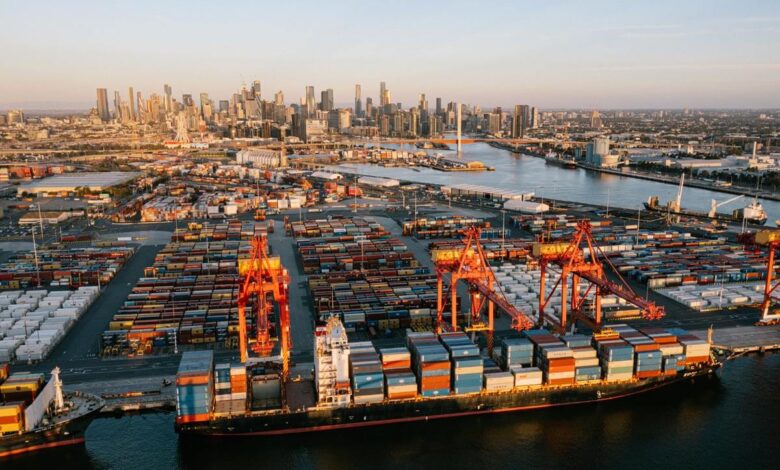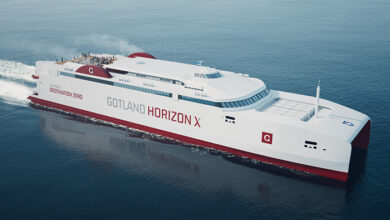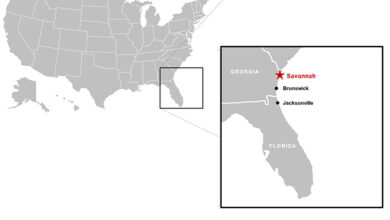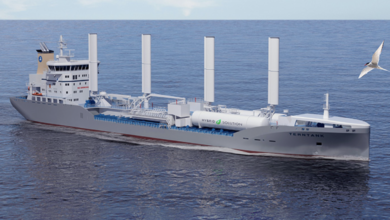Port of Melbourne welcomes the Victorian Commercial Ports Strategy

Port of Melbourne welcomes today’s release of the Victorian Commercial Ports Strategy.
“The Strategy is a welcome recognition of the important role Victoria’s ports play in the economic wellbeing of Victoria and the surrounding regional areas of both mainland Australia and Tasmania,” Port of Melbourne CEO Saul Cannon said.
“We believe the Strategy provides a strong framework for the ongoing operational success and development of the Port of Melbourne, and in turn, this will help ensure we can continue to meet the trade needs of Victoria for decades to come.”
Mr. Cannon welcomed the State Government’s commitment to continuing to work with the Port of Melbourne to support planning for the next tranche of container capacity.
“Based on our current assessment the next tranche of international container terminal capacity will be required at the port around 2030 if we are to meet Victoria’s forecast trade demand and we will be working closely with the Government and port stakeholders in the years ahead to deliver the infrastructure needed.” Mr. Cannon said the Port would continue to work closely with the State Government to support growth for the benefit of Victoria’s economy and the well-being of its people.

The State Government has a key role in ensuring that Victoria’s transport system is capable of meeting the rapidly growing freight task.
“Port of Melbourne will continue to invest along with industry and government to maximize the efficiency and effectiveness of the port supply chain,” Mr. Cannon said.
“Port of Melbourne has already invested more than $370 million inside the port gate and we anticipate a further capital investment of an estimated $2 billion over the next 10-15 years.”
The Strategy also supports Port of Melbourne’s objectives for land use planning for new road and rail network capacity needed to support the growth of trade volumes at Webb Dock.
“Port of Melbourne supports the Government’s objective for more freight on a rail with a number of projects underway, we look forward to continuing our work with Government to build a successful port rail supply chain.”
Increased use of rail to move containers that come into Webb Dock would reduce truck movements on the road network – where one truck hauls 1-4 containers, and one train can move up to 84 containers. Port of Melbourne is already investing more than $125 million in the Port Rail Transformation Project in the Swanson Dock Precinct to increase port rail capacity.
On the other hand, the port hosted face-to-face industry stakeholder evenings for more than three years.
CEO Saul Cannon emphasized the important role of the Port of Melbourne, not just for the supply chain, but for the prosperity and well-being of the wider community. Put simply, while goods are moving, our economy is moving and people have jobs.
Port of Melbourne’s unique city port location is one of our greatest strengths; moving goods efficiently throughout Melbourne and facilitating trade for regional Australia. Our location might be a big strength, but no element of the supply chain operates in isolation, and thanks to the collective efforts of the industry, the port sector in Melbourne has fared relatively well compared to other markets.
They also paid tribute to Keith Gordon, who recently retired from PoM after 17 years at the port and 45 years in the maritime industry. Keith leaves a remarkable legacy and we wish him all the very best in his new chapter of retirement.
















